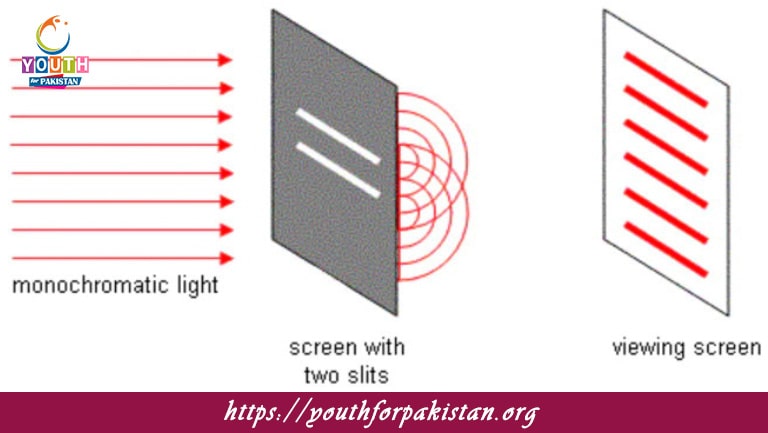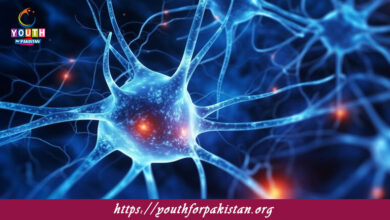The Particle Model Of Light MDCAT MCQs with Answers

Welcome to the The Particle Model Of Light MDCAT MCQs with Answers. In this post, we have shared The Particle Model Of Light Multiple Choice Questions and Answers for PMC MDCAT 2024. Each question in MDCAT Physics offers a chance to enhance your knowledge regarding The Particle Model Of Light MCQs in this MDCAT Online Test.
The Particle Model Of Light MDCAT MCQs Test Preparations
According to the particle model of light, light can be described as:
a) Waves
b) Particles
c) Both waves and particles
d) None of the above
What is the fundamental unit of light in the particle model?
a) Photon
b) Electron
c) Neutron
d) Proton
Who first introduced the concept of light as particles?
a) Albert Einstein
b) Isaac Newton
c) Max Planck
d) Niels Bohr
In the particle model of light, the energy of a photon is proportional to its:
a) Wavelength
b) Frequency
c) Speed
d) Mass
Which phenomenon is best explained by the particle model of light?
a) Diffraction
b) Refraction
c) Photoelectric effect
d) Interference
The energy of a photon can be calculated using which formula?
a) E = mc²
b) E = hf
c) E = kT
d) E = (1/2)mv²
In the particle model, the momentum of a photon is directly related to its:
a) Mass
b) Wavelength
c) Frequency
d) Speed
The concept of photons as discrete packets of energy was introduced by:
a) Albert Einstein
b) Niels Bohr
c) Max Planck
d) Werner Heisenberg
Which of the following is a characteristic of photons according to the particle model?
a) They have mass
b) They have charge
c) They travel at the speed of light
d) They have a fixed wavelength
According to the particle model, what happens when a photon is absorbed by an electron?
a) The electron is excited to a higher energy level
b) The electron is de-excited
c) The photon changes wavelength
d) The photon loses energy
The photoelectric effect demonstrates that light behaves as:
a) Continuous waves
b) Discrete particles
c) Electromagnetic waves
d) Longitudinal waves
In the particle model of light, the term “photon” refers to:
a) A type of electromagnetic wave
b) A particle with zero mass and discrete energy
c) A particle with a negative charge
d) A quantum of gravitational force
The phenomenon where light ejects electrons from a material is known as:
a) Compton scattering
b) Photoelectric effect
c) Rayleigh scattering
d) Thomson scattering
According to the particle model, what property of light determines the energy of a photon?
a) Wavelength
b) Amplitude
c) Frequency
d) Speed
The particle model of light is most useful in explaining:
a) Light diffraction
b) Blackbody radiation
c) Atomic spectra
d) Light polarization
Which physicist is associated with the quantum theory of radiation, including the concept of photons?
a) Albert Einstein
b) Max Planck
c) Niels Bohr
d) Richard Feynman
According to the particle model, when light interacts with matter, it can:
a) Change its frequency
b) Be absorbed or emitted in quantized amounts
c) Be reflected or refracted
d) Split into different colors
The concept of the photon was pivotal in explaining which phenomenon in quantum mechanics?
a) Light interference
b) Light absorption and emission
c) Light refraction
d) Light polarization
In the particle model, what happens to the energy of a photon when its frequency increases?
a) The energy decreases
b) The energy remains constant
c) The energy increases
d) The photon becomes unstable
Which experiment provided evidence for the particle nature of light by demonstrating discrete energy packets?
a) Young’s double-slit experiment
b) Rutherford’s gold foil experiment
c) Planck’s blackbody radiation experiment
d) Michelson-Morley experiment
The concept that light can be considered as both waves and particles is known as:
a) Wave-particle duality
b) Quantum superposition
c) Energy quantization
d) The uncertainty principle
In the photoelectric effect, the ejected electrons are referred to as:
a) Photons
b) Electrons
c) Protons
d) Neutrons
The energy of a photon is inversely proportional to its:
a) Wavelength
b) Speed
c) Frequency
d) Mass
Which of the following is a property of photons according to the particle model?
a) They have mass
b) They travel at speeds other than the speed of light
c) They have discrete energy levels
d) They are affected by gravitational forces
The particle model of light helps explain why:
a) Electromagnetic waves can travel through a vacuum
b) Light bends around corners
c) Light can be emitted or absorbed in quantized amounts
d) Light can be deflected by magnetic fields
Which experiment showed that light could be treated as discrete particles and led to the development of quantum theory?
a) Michelson-Morley experiment
b) Compton scattering experiment
c) Rutherford scattering experiment
d) Young’s interference experiment
According to the particle model, the phenomenon where photons transfer energy to electrons is called:
a) Photoconduction
b) Photoionization
c) Photon absorption
d) Photon emission
The concept of photons led to the explanation of which of the following effects?
a) Electromagnetic induction
b) Gravitational lensing
c) Quantum entanglement
d) Blackbody radiation
What is the relationship between the energy of a photon and its frequency?
a) Directly proportional
b) Inversely proportional
c) Exponentially related
d) Unrelated
Which phenomenon could not be explained by the classical wave theory of light but was explained by the particle model?
a) Diffraction
b) Refraction
c) Photoelectric effect
d) Polarization
The energy of a photon is given by which formula in the particle model?
a) E = hf
b) E = mc²
c) E = (1/2)mv²
d) E = kT
The particle model of light successfully explains the emission of:
a) Continuous spectra
b) Discrete spectra
c) Blackbody radiation
d) Interference patterns
Which physicist provided a theoretical explanation for the photoelectric effect using the concept of photons?
a) Max Planck
b) Albert Einstein
c) Niels Bohr
d) Louis de Broglie
In the context of the particle model, which quantity of light is considered quantized?
a) Wavelength
b) Intensity
c) Energy
d) Speed
According to the particle model of light, which factor is crucial in determining the photoelectric effect?
a) The amplitude of light
b) The frequency of light
c) The temperature of the light source
d) The wavelength of light
What does the particle model predict about photons and their interaction with matter?
a) Photons can pass through matter without interaction
b) Photons are absorbed or emitted as discrete packets
c) Photons are always scattered by matter
d) Photons lose energy gradually as they interact
The concept of photons is essential for understanding which modern technology?
a) Nuclear reactors
b) Lasers
c) Electric motors
d) Thermometers
According to the particle model, what does a photon’s energy depend on?
a) Its color
b) Its speed
c) Its frequency
d) Its charge
In the particle model, photons are:
a) Electromagnetic waves with mass
b) Particles with zero mass and energy
c) Particles with charge and variable mass
d) Electromagnetic waves with varying frequency
Which of the following is a direct application of the particle model of light in technology?
a) Solar panels
b) Quantum computing
c) GPS systems
d) Microwave ovens
If you are interested to enhance your knowledge regarding Physics, Chemistry, Computer, and Biology please click on the link of each category, you will be redirected to dedicated website for each category.




